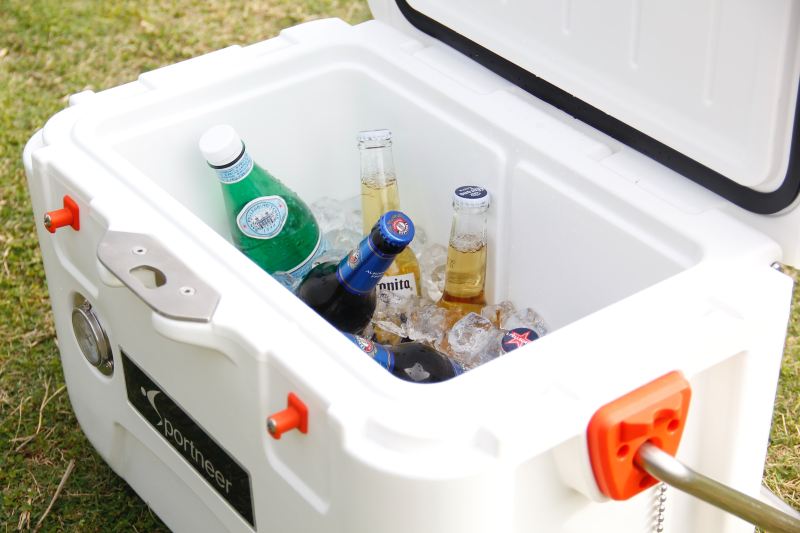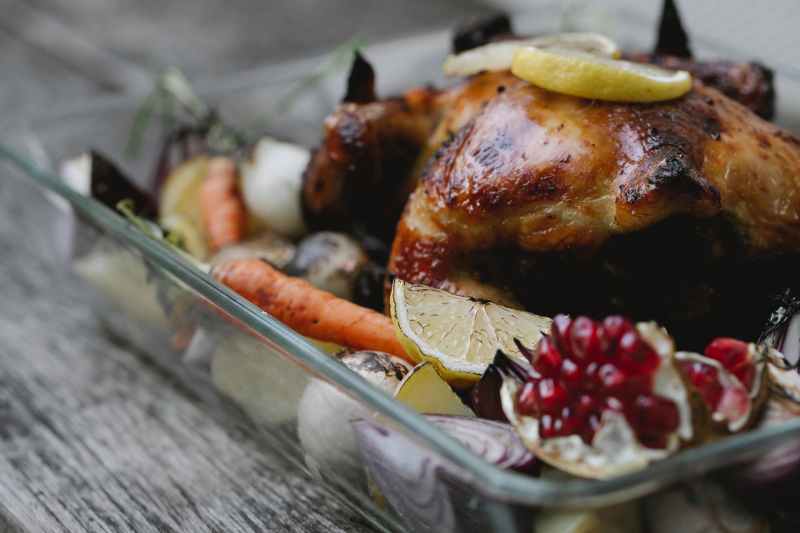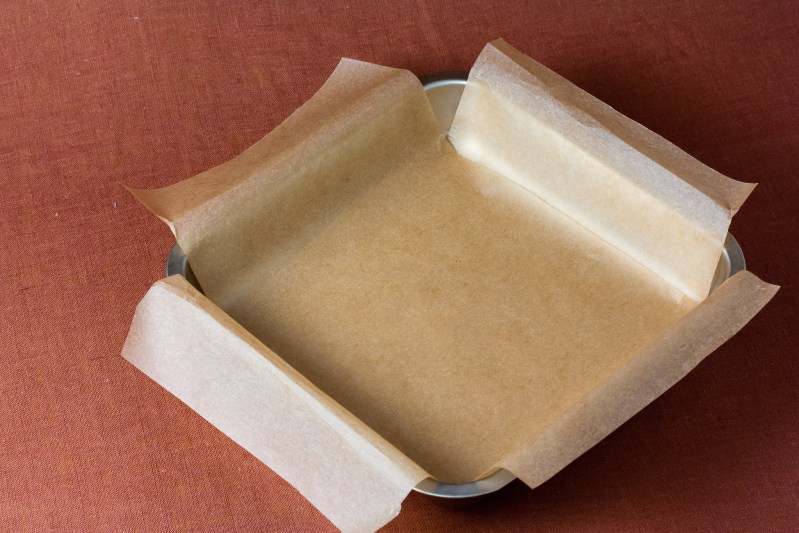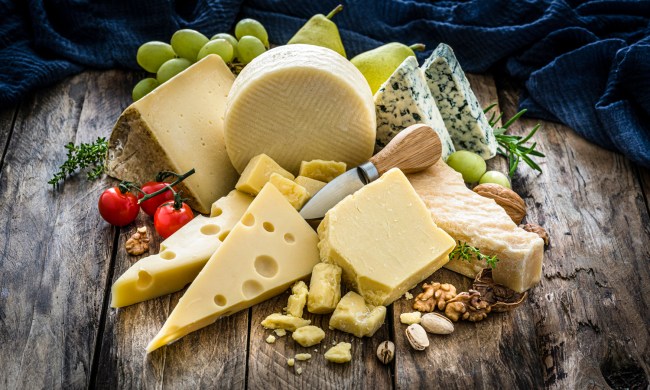Thanksgiving is wonderful. It’s a day we gather with the people who are precious to us and celebrate gratitude, love, and appreciation for the things we hold dear. It’s a day we can come together, putting aside our differences, and tell one another exactly how thankful we are for the blessings they bestow on our lives and how enriched we are because of their presence. It’s one of the most cherished days of the year. It’s also a gigantic pain in the neck.
As beautiful as the spirit of the holiday is, there is much to be done in the way of cooking, planning, and masterfully perfecting the art of a deliciously roasted turkey or a deep-fried turkey. It’s stressful. So tips or tricks for alleviating Thanksgiving dinner stress are always tremendously helpful. These are our favorites.
Prep and portion vegetables the day before

For as gluttonous and starchy as the Thanksgiving meal is, surprisingly, most traditional Thanksgiving food contains a lot of vegetables. From stuffing and casseroles to the turkey itself, they somehow manage to find their way into just about everything on the table. And while we’re thankful for the added nutrients on such a carb-heavy holiday, those nutrients come with a lot of preparation.
Even for a basic mirepoix — which is the start of almost every delicious dish — carrots must be peeled and diced, onions sliced, and celery chopped. And that’s only the start. Between the sweet potatoes, the garlic, the green beans, the russets, and the mushrooms, there’s a lot of slicing and dicing to be done.
Thankfully, this is one step you can do ahead of time. Sure, you can buy your vegetables pre-cut, but it’s far less expensive (and far tastier) to do it yourself. Plus, good luck finding those pre-cut veggies on your grocer’s shelf the week of Thanksgiving. The night before the big day, sharpen your chef’s knife, put on your favorite tunes, and get to work preparing all the vegetables you’ll need the next day. You can even portion them out into individual bags or bowls according to dish, which will save you an enormous amount of time and counter space in the morning.
Use coolers for backup cooling space

Many families have a backup garage refrigerator. Most every day of the year, this garage refrigerator contains bulky boxes of soda purchased from Costco, a bottle of wine that’s been in there for months, maybe an extra pickle jar or two, and a box of baking soda that’s seen better days.
But on Thanksgiving, this backup refrigerator becomes hot real estate, puffing its chest at the important tasks of keeping everything cool before it is time to heat or serve. And as much as we love this backup garage refrigerator, on a day like Thanksgiving, try as it might, it just can’t do the job without a little help.
Enter the big coolers you haven’t used since the 4th of July. Fill as many as you have with a few bags of ice, and they’re perfect for storing any extra Thanksgiving dinner necessities like whipped cream, white wine, and Grandma’s ambrosia salad.
Vegetables make a wonderful makeshift roasting rack

The roasting rack is a fancy little kitchen gadget that serves its purpose, certainly. It can make roasting something like a 19-pound turkey a simpler task. But I’ll let you in on a little secret — in all the Thanksgiving turkeys (and regular-day chickens and roasts) I’ve made, I’ve never once used a roasting rack. It just isn’t necessary when you’re roasting your main course with all sorts of other ingredients that will flavor both your bird and your gravy.
Before putting your turkey in the roasting pan, layer that pan with all the ingredients you need — onions, garlic, carrots, celery, oranges, lemons, thyme, rosemary, sage, and anything else you have as part of your Thanksgiving dinner ideas, can go directly on the bottom of the pan. Add a little white wine and place your turkey directly on the vegetables. The turkey and the vegetables will make each other delicious, nothing will stick, and you’ll have one less thing to wash at the end of the night.
Use your slow cooker for hot food storage

Most homes serve somewhere between three and seven Thanksgiving dishes. Of those three to seven, many require multiple burners for cooking, warming, melting, or simmering. Depending on the luxuriousness of one’s stovetop, most people have somewhere between four and six burners. On Thanksgiving, this is obviously not enough. Like the oven (we’ll address this in a moment), the stove is a popular place on Thanksgiving, and sadly, there isn’t always room for everyone.
That’s why we love to use a slow cooker as an added place to hold warm foods like stuffing or mashed potatoes. Pro tip: Ask your relatives to bring their slow cookers, too. The more stovetop space, the better. And when it comes to hot-holding gravy, a coffee thermos works like a charm. Just be sure to put it in something a bit prettier when it comes time to serve.
Use only square and rectangle pans

There is nothing more annoying on a holiday than having your oven space mapped out in a meticulously Beautiful Mind-esque manner, only to have Aunt Sally show up with her spinach puffs that “just need about 30 minutes at 400.” Oven space is a hot commodity (see what we did there?) on Thanksgiving, and any trick that can squeeze out just a few more inches of room is a good one. That’s why we like to use only square and rectangle-shaped pans. They’ll fit side by side more easily than round or oval ones, making more room for those darn spinach puffs.
Tape your recipes, and a new use for pennies

Most of the hacks we’ve been discussing involve getting the most use out of limited space at Thanksgiving, be it in the oven, on the stove, or in the fridge, but counter space is also prime real estate on Thanksgiving, and one thing you don’t want taking up space is a cookbook with the recipes for all of those Thanksgiving favorites. Sure, you could use your phone or a tablet to look up recipes, but do you really want to risk damaging your device amid the madness of prep and cooking?
Thankfully, there’s an effective, low-tech solution for this problem, and all you really need is some masking tape. Before turkey day, either print out or make copies of your favorite recipes, and then simply tape them at eye level to your kitchen cabinet doors. They won’t take up counter space, they’ll be easy to read, and you can even put them in the order that you will be cooking so you can be more efficient. Then, when dinner is done, just take them down and recycle them.
OK, now, onto the pennies.
If you’re making pie crusts from scratch, most recipes recommend using pie weights when you par-bake the crust to prevent it from puffing up. But you don’t need to spring for pie weights. You can use dried beans or uncooked rice, and as long as you line the crust with foil to keep things clean and sanitary, a big handful of pennies from that jar where you toss your spare change makes a perfect pie weight. And since President Abraham Lincoln was the one who first declared Thanksgiving a national holiday, using pennies as meal prep seems like an excellent tribute to Honest Abe.




